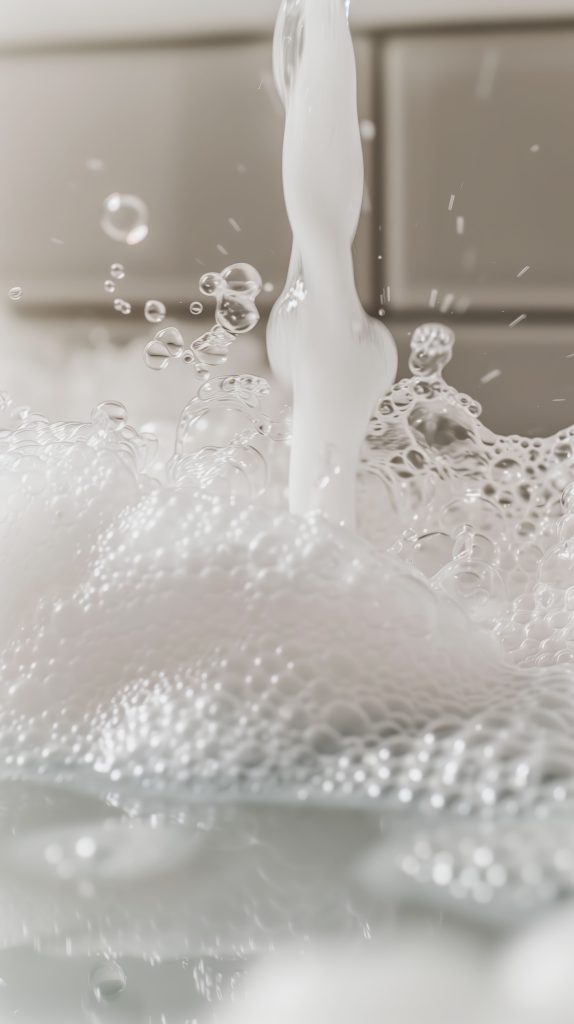
Getting the cleaning and washing equipment in shape takes more than just a quick rinse. If you care even a little about your kitchen, you probably already know that just scrubbing stuff doesn’t cut it. Bacteria don’t die off from good intentions – they need heat, time, or chemical knockout. That’s where hot water sanitizing comes into play. No chemicals, no fuss – just heat done right. But – and it’s a big one – it’s not as simple as turning on the faucet.
What you want is precision. That means a thermometer, a little patience, and the know-how to use both. If you’re just guessing how hot the water is, you’re not sanitizing – you’re just rinsing warm.
The Actual Numbers That Matter
There’s a reason folks in food service obsess over hot water temperature for sanitizing. That number isn’t arbitrary. It’s the difference between killing germs and pretending you did.
- 171°F (or 77°C) is your baseline
- You need to hold it there for at least 30 seconds
- Anything below that, and you’re wasting your time
When I run a sanitizing cycle at home, I always double-check the hot water temp to sanitize with a thermometer. Yeah, it takes an extra minute. But it beats food poisoning.
Too Hot? Too Inconvenient? Try This
Not everyone’s got a commercial-grade dishwasher or the patience to boil stuff daily. Thankfully, there are chemical options that won’t melt your tools or your nerves.
- Sanitizing solution with bleach – A simple mix: one tablespoon of bleach to a gallon of cool water. Soak for a minute. Done.
- Hydrogen peroxide and water disinfectant spray – Straight 3% hydrogen peroxide works wonders. Spray, wait, wipe.
- Chlorine sanitizing – Strong stuff, but finicky. Stick to the label, or you’ll end up bleaching your hands too.
Each of these is a backup I’ve used when heat wasn’t an option. They’re not perfect, but when mixed right and used with some common sense, they hold up.
What About Just Boiling Everything?
Sanitizing with boiling water sounds like a dream, right? No measuring, no mixing – just pour and walk away. Sure, boiling water kills most germs on contact. But try submerging half your kitchen gear in a pot, and you’ll quickly learn how un-fun it is.
If you want to go to the hot water for a sanitizing route long-term, stick with temperature-controlled methods. Leave boiling for when you’ve got a small mess and a big pot. That’s my go-to for baby bottles and cutting boards – stuff that can handle it without warping or cracking.
Pick Your Poison (Or Don’t)
If I had to sum it up: hot water sanitizing works, and it works well – if you do it right. But when heat’s a no-go, bleach or peroxide will save your day.
Here’s when I choose hot water:
- I’m sanitizing stainless steel or hard plastic
- I don’t want residue on kitchen tools
- I’ve got time to do it properly
For everything else, especially in a hurry, bleach water or peroxide spray covers your bases just fine.
One Final Word
Whatever you use – hot water sanitizing method, bleach solution, or a chemical spray – it has to actually do the job. Temperature, timing, or concentration. Miss the mark on any of them, and you might as well not bother.
Don’t guess. Don’t eyeball it. Sanitize like you mean it.